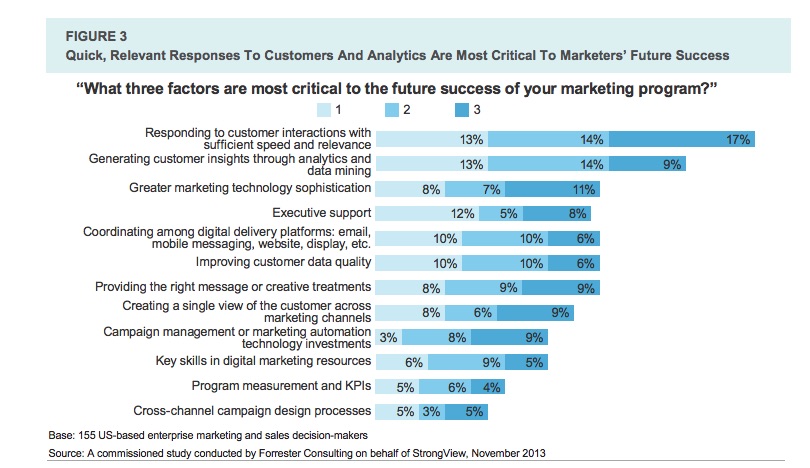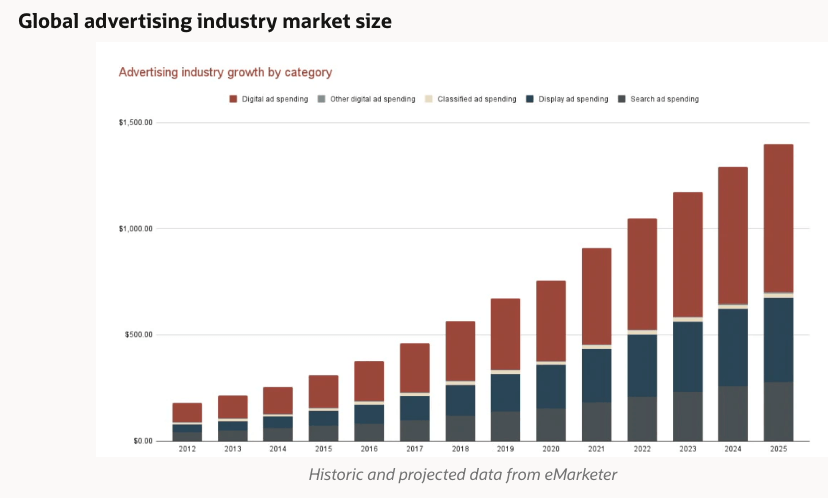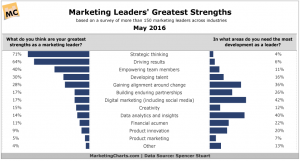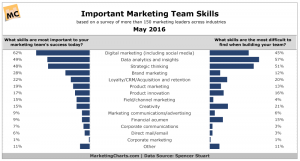Why would you want to quickly adopt a customer first strategy?
Well, every few days there seems to be another customer service disaster that fills the newspapers and goes viral on social media. Amongst the most notable recent examples include United’s Flight 3411 incident disembarking passengers by force and Walmart refusing to match their online prices in-store. These types of incidents almost only ever happen when an organisation doesn’t adopt a customer first strategy, so the solution is relatively easy.
Every single organisation, big or small, recognises the importance of their customers today. They talk about customer centricity but very few actually go beyond voicing their opinions. Perhaps yours is one of these? Do you know why this is? What’s stopping you from taking the necessary actions?
A customer first strategy is not that difficult to implement. Just think customer first in everything you do! So how come most businesses get it spectacularly wrong?
I think one reason, and probably the most common, is because they don’t see an immediate return on their investment. You see, it costs money to make changes in internal processes and procedures.
Another possible reason is because some organisations have hesitated to start for so long, they now feel that they have been left so far behind that they don’t know where to start. What do you think?
The good news is that if you’re in one of these situations, then help is at hand. Read on because this article shares some of the most useful tips I’ve seen on the topic of adopting a customer first strategy.
REASONS TO ADOPT A CUSTOMER FIRST STRATEGY
There has been enough research done to prove that the return on a customer-first strategy is significant. Here are just a few of the most noteworthy numbers I found during my research online; if you are still not sure it’s worth it, then this data will no doubt convince you.
- 86% of buyers will pay more for a better customer experience. But only 1% of customers feel that vendors consistently meet their expectations. (Source: CEI Survey)
- 74% of consumers have spent more due to good customer service (Source: Entechus.com)
- 89% of consumers have stopped doing business with a company after experiencing poor customer service. (Source: RightNow Customer Experience Impact Report)
- 49% of consumers have left a brand in the past year due to poor customer experience. (Source: Emplifi)
- Companies earning $1 billion+ can expect to earn an additional $700 million within 3 years of investing in CEX. (Temkin Group now Qualtrics)
- A 10% increase in customer retention levels result in a 30% increase in the value of the company. (Source: Bain & Co)
Those are numbers that would make any CEO sit up and take notice! But will it make them act? What’s holding yours back from investing in your customers rather than (just) in developing and marketing the products and services you offer?
I believe that those numbers can no longer be ignored. It’s time every CEO started to adopt a customer first strategy. NO more excuses! This has to be (one of) your organisation’s top priorities!
MARKETING IS TOO BUSY BUILDING BRANDS
With so much information available today, marketing is being challenged to demonstrate its ROI. This might explain why marketers are still putting their efforts into brand building, sometimes to the detriment of their customers, consumers and clients.
However, an analysis by IBM on some research carried out in the UK by the Callcredit Information Group gives a different reason. They found that the majority of marketers are feeling overwhelmed by all this data. Their explanation for this is that
“only 29% of marketers believe they have the necessary skills to analyse data, with 44% planning on investing in further training over the next two years to boost confidence within their organisations around the handling of information.”
According to a Forrester report, 44% of B2C marketers are using big data and analytics to improve responsiveness to customer interactions. But of equal importance in terms of top two mentions, is the desire to generate insights. ( Source)

It surprises me that despite the constant flow of data into companies they still lack insights into their customers. As I’m often quoted as saying:
“We’re drowning in data but thirsting for insights.”
Marketing is clearly so busy using data to manage such things as pricing, distribution and communication, that they are forgetting that they could be using the information to get to know their customers better. This conclusion is confirmed by a Forbes article which mentions that marketing is using big data to provide answers to
“which content is the most effective, how to increase conversion rates and customer lifetime value.”
It would be good if they (also) used it to increase customer satisfaction and loyalty, no?
Big data has actually done customer understanding a disfavour, since organisations continue to increase their advertising budgets far faster than that for market research.
According to the latest numbers the global market research industry is expected to grow 8.1% in 2022, from $76.42 billion in 2021 to $82.62 billion. This growth is mainly due to companies rearranging their operations and recovering from the impact of covid, since previous year’s growth had been significantly lower around the 2-3% level.
However, organisations continue to grow the advertising budgets faster. Ad spend rose by a whopping 11.2% in 2021, although as you can see in the graph below, traditional advertising fell by 15.7% as companies transfer the lion’s share of their budgets to digital.

But there is some hope. A recent report on the KPIs used by marketing showed that Marketers are using a variety of metrics to measure the impact of their brand marketing activities. (OnBrand Magazine study) In surveying more than 560 global brand managers and CMOs, the analysis concludes that new customer acquisition (75%) and social media engagement (72%) are the two primary ways they use to determine the success of their brand marketing efforts.
However, there is still a lot of room for improvement. A 2016 Spencer Stuart Survey showed data analysis and insights are one of the three main areas where CMOs need the most development as a leader. Unfortunately, they are also the skills which more than a half of them say are most difficult to find when building a team!
So if CMOs can’t develop insight about their customers, shouldn’t market research be more not less important to them? After all, it’s the one profession that spends its whole time trying to understand the market and customers. So what’s going wrong?
MARKET RESEARCH IS SEEN AS A COST, NOT AN INVESTMENT
Companies still need market research to understand their customers. Yes, there is a wealth of information flooding into organisations with the IoT, but those numbers don’t tell you their “why.” That’s where market research comes into its own. It needs to provide more “why” answers and not just the mere statistics they still seem comfortable dropping on the laps of executives and marketers alike.
I believe that (a large?) part of the issue is also the researchers themselves. They’re not sociable, speak a language others don’t understand and seem afraid to voice their own opinion in meetings, let alone make recommendations.
This was confirmed in The Vermeer Millward Brown Insights 2020 research. It clearly showed the advantages of a senior market research position at board level. But to get there, most researchers need new skills. The critical capabilities which were said to highlight the biggest differences between leaders and laggards were in business acumen, creative solution thinking, storytelling and direction setting.
It seems a real pity to me that the very people who should benefit from the explosion in data availability are not profiting from it. As if their skills that are so highly valued today are not enough, there is also a real opportunity for them to lead the customer first strategy adoption in many organisations.
CUSTOMER SERVICES ARE SEEN AS COMPLAINT HANDLERS
When I was first hired to head up the global consumer excellence division for Nestle, I found a group of siloed departments which rarely shared information. Even worse, the customer care centre was seen as mere complaint handlers. Their image was of a group of women who spent their days on the phone talking to other women!
I don’t think Nestle were the only ones who had this negative image at that time. I still find similar perceptions in many organisations which thankfully become my clients through a desire to make changes.
You only have to take a look at companies that excel at customer care to realise the business benefits of putting the customer first: Amazon, Southwest, Zappos to name but a few. And research consistently proves the benefit of such a strategy to a company’s bottom line.
An excellent article by Shep Hyken called “Ten customer service and customer experience trends for 2017” details the essentials of a forward-thinking customer-first strategy and what it means today. In it, he mentions that
“According to Forrester, 72% of businesses say that improving the customer experience is their top priority. A study from NewVoiceMedia indicates that companies lose more than $62 billion due to poor customer service. No company can afford to be a customer service laggard.”
The Forrester report from which Shep drew these quotes was from an ongoing analysis that has been run each year since 2010. Although it is a couple of years old now, the conclusions are still just as valid. The key findings from the 2016 report showed:
- In all five sectors they covered, companies with higher customer experience (CX) scores outperformed their rivals in revenue growth
- CX leaders showed an annual growth rate of 17% compared to just 3% for the others.
- The cable and retail industries beat the field in CX by 24% and 26%, which is a huge boost to the bottom line.
- Even in the sector with the smallest range (airlines), there was a 5% difference between companies.
- This also translated into subscriber growth – in the cable industry leaders grew internet subscribers by 23.9% more than others and video subscribers by 13.9%
Along with the previously mentioned statistics, I can see no reason for a company not to invest in a customer-first strategy. If you can think of any yourself, then I’d love to hear them in the comments below.
IN CONCLUSION
Are you ready to adopt a customer-first strategy? If so, then it’s time to identify the priority changes you should make by answering our proprietary C3C Evaluator tool. Complete it now and then book a free half-hour strategy session so we can go through the results together.
This post is based upon and is an updated version of one first published on C3Centricity in 2016.













